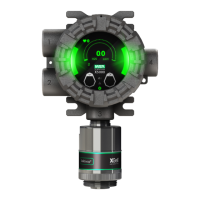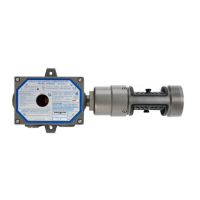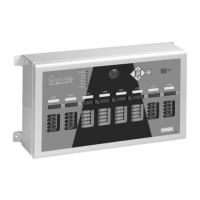What does it mean if my MSA Gas Detectors display Configuration Fault?
- BBelinda HughesSep 9, 2025
If your MSA Gas Detectors display 'Configuration Fault', it indicates that an incorrect configuration was detected. Typically, this occurs when a unit has both sensors disabled and no sensor attached. Attach one sensor to the unit.








